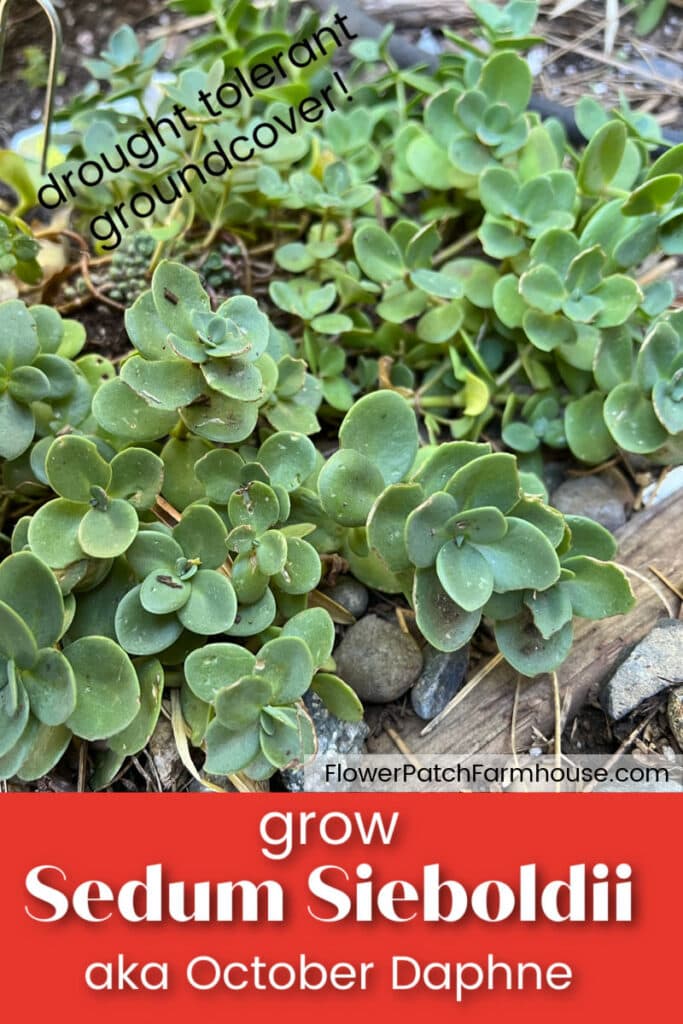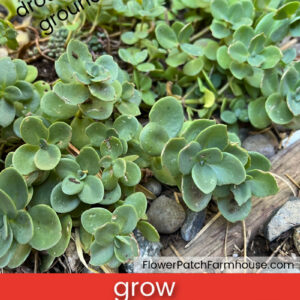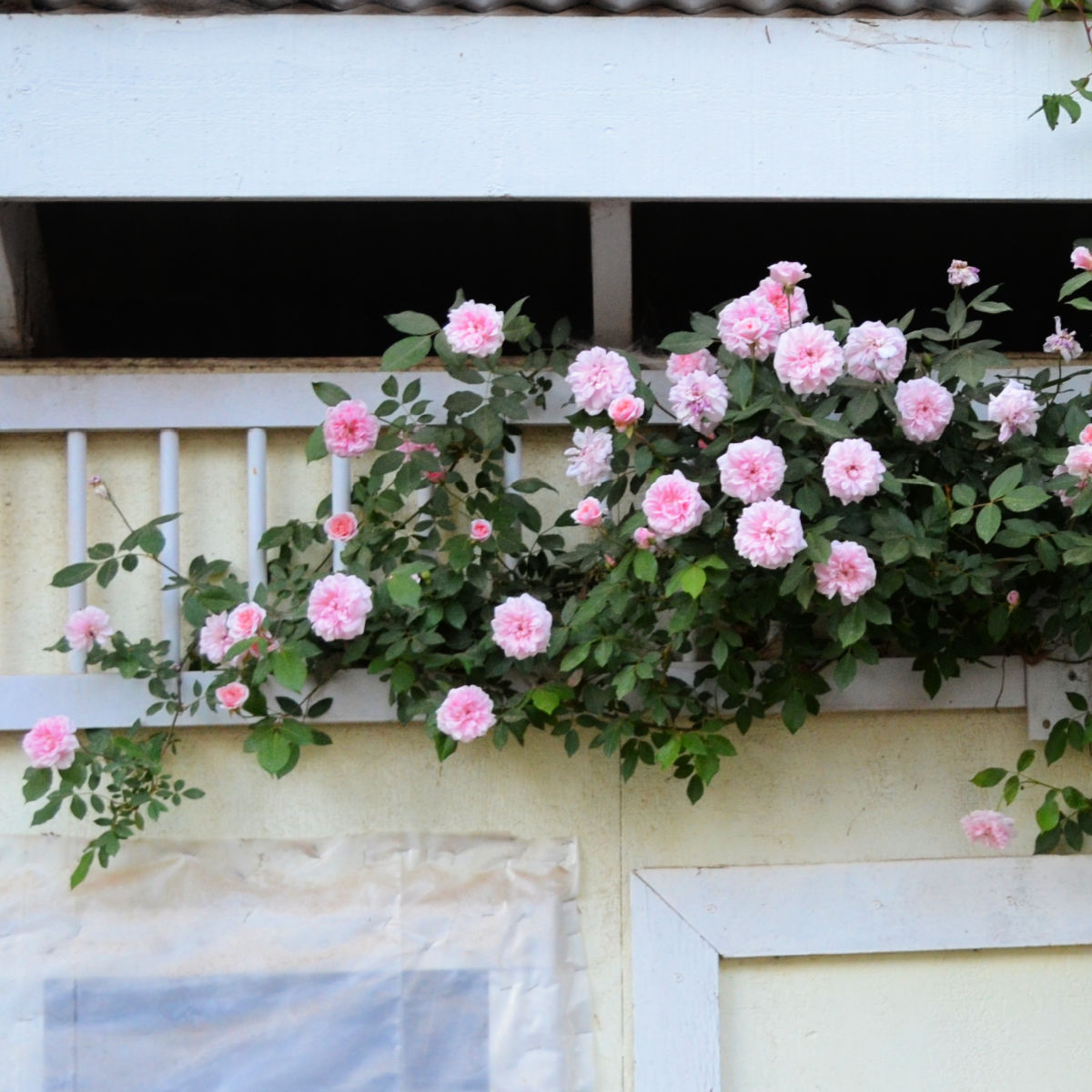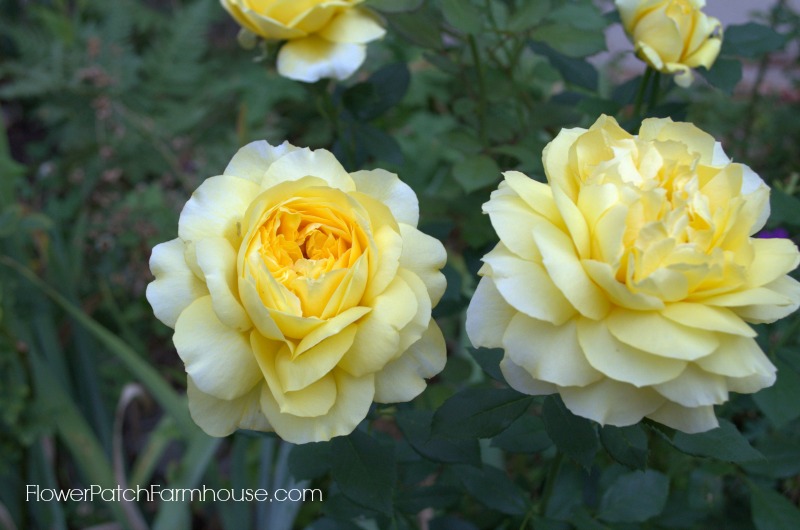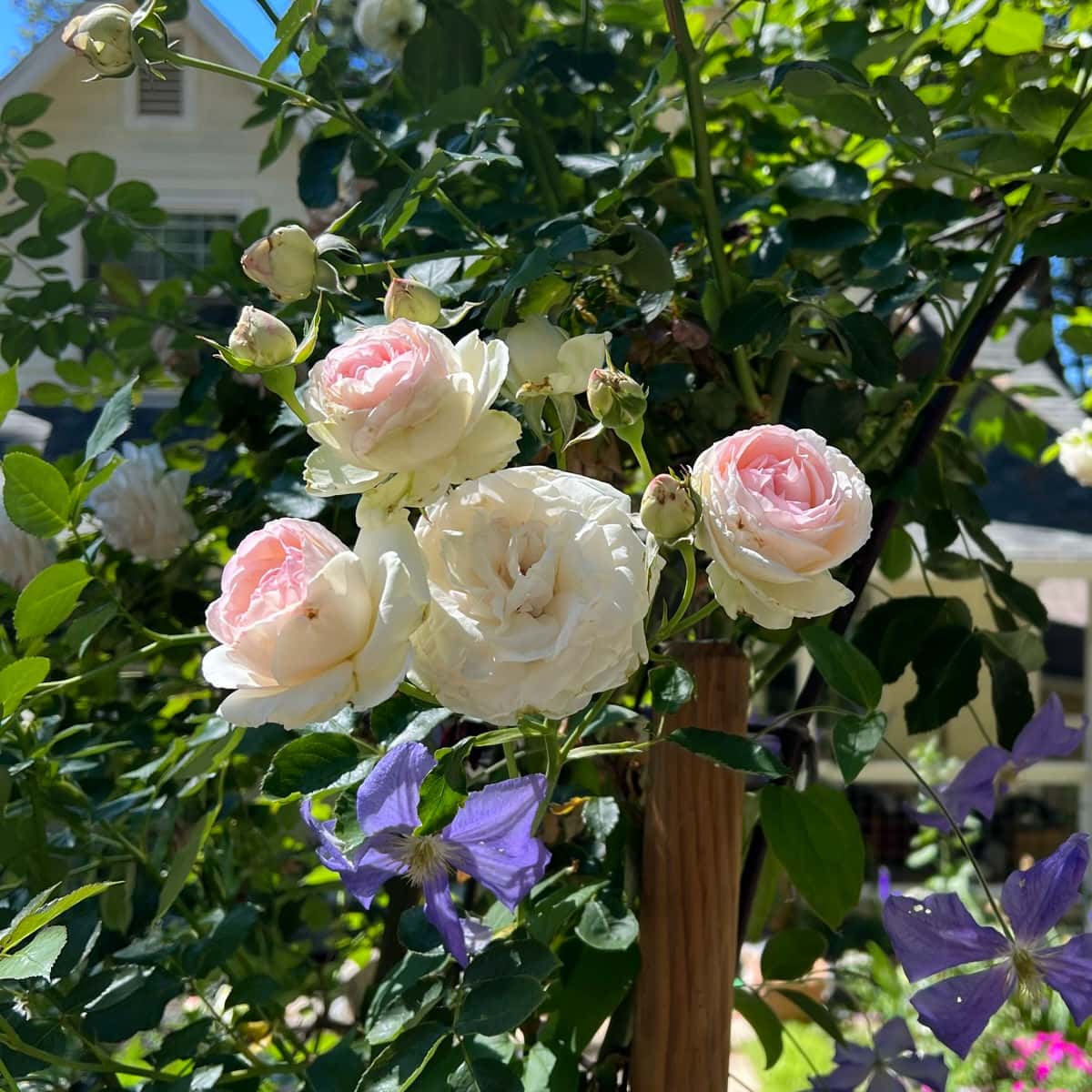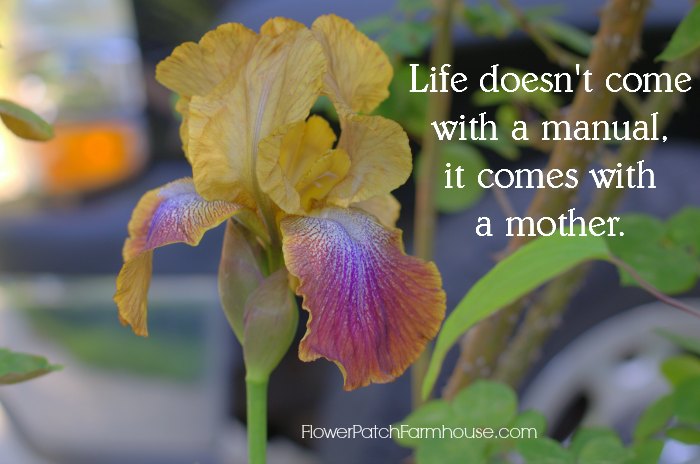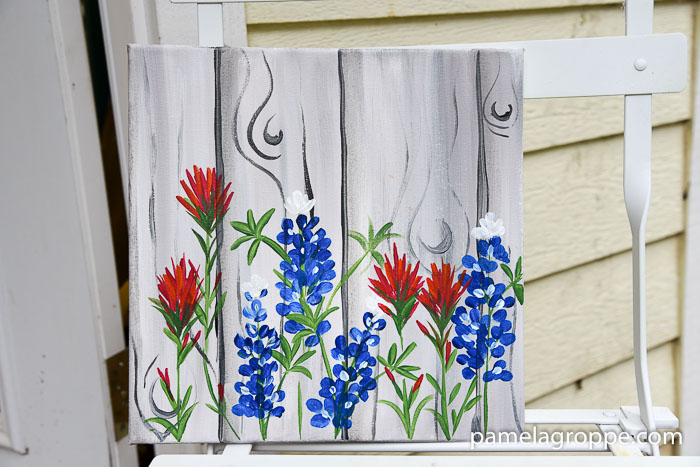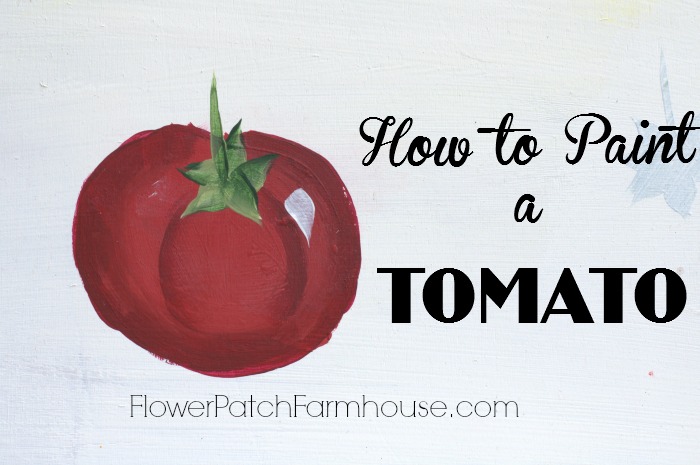Sedum Sieboldii, October Daphne Stonecrop
Do you love the look of succulents, but don’t know where to start? Sedum sieboldii is a great option for beginner gardeners. Keep reading to learn how to grow sedum sieboldii of your own!
Sedum sieboldii, also known as October Daphne Stonecrop or October Plant, is a low-growing succulent plant that is native to Japan. This stonecrop is beloved for its fall display of deep pink flowers and its arching stems of succulent gray green foliage. 6-12″ tall x 12-15″ wide.
Sedum is a large genus of plants and is commonly known as stonecrop because it often grows among stones.
The word “sedum” originates from the Latin word sedo meaning ‘to sit’. This probably refers to their use as ground covers and the way they sit on rocks.
The species name, “sieboldii,” comes from the German doctor and botanist Philipp Franz von Siebold, who discovered the plant in 1835.
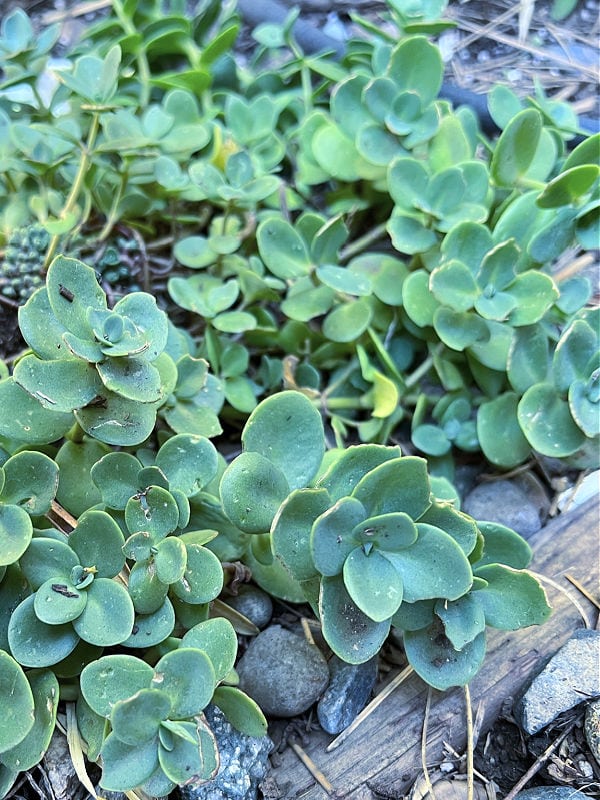
This post contains affiliate links. If you make a purchase after clicking a link I may make a small commission at no added cost to you.
The leaves are thick and fleshy, with a blue-green hue and a scalloped edge. It can be used as a small-scale groundcover, as tough flower bed edging, in rock gardens, or tucked into cracks in a rock wall.
The leaves often take on an edging of deep pink colors when planted in full sun.
Sedum sieboldii is low-maintenance, drought tolerant, and easy to care for. This plant is hardy in zones 3-9, so there truly is a place for it in everyone’s garden!
easy to grow
Gorgeous Groundcovers You Can Grow!
Let’s find out about gorgeous easy ground cover plants you can grow in your garden. They are great for hard-to-maintain areas, replacing a lawn, or keeping weeds down as a living mulch.
Read on for more tips on how to grow this pretty succulent!
Start with well-drained soil.
Sedum sieboldii does best in well-drained soil. If your garden has heavy clay soil, mix in some sand or grit to improve drainage. It should be planted in average to poor soil that is well-drained. Plants grown in rich soil tend to grow more lanky and open instead of tight and mounded.
You can also grow sedum sieboldii in containers using a cactus or succulent potting mix. Just make sure that the container has drainage holes so that excess water can escape.
To make your own cactus or succulent mix, use 50% potting soil and 50% horticultural sand. I have also used paver or builders sand, it just isn’t as pretty.
gorgeous and hardy
Potting Succulents for Healthy Growth
If you’re like me, then you can’t get enough of succulents. They’re the perfect plants for anyone who wants to enjoy gardening but doesn’t have a lot of time or space. And if you want to take your succulent obsession to the next level, why not learn how to pot them like a pro?
Place your plant in full sun to partial shade.
This succulent will tolerate a wide range of light conditions, from full sun to partial shade. Lower-growing sedums like sieboldii will grow in partial shade but not as well as it will in full sun.
Water Effectively
Water thoroughly, then allow the soil to dry out completely before watering again.
Sedum sieboldii is drought tolerant, so it doesn’t need much water once established. During the active growing season (spring and summer), water your plant when the top few inches of soil are dry to the touch.
Once the rainy season starts you can reduce or stop watering when growth slows down and the temperature drops. It’s better to underwater this plant than to overwater it— too much water can lead to root rot.
Fertilize?
As stated before, these plants do well in average to poor soil. If the area that I am planting has rich soil (which much of mine does) I will add a lot of sand to that area and plant in it.
I don’t even bother with fertilizing my sedums, my soil is rich and nutrient dense from actively building the soil over the years.
best tips for
Build your Soil Organically
Good organic garden soil is key to having a lush and successful garden season after season. When you build your soil you can save $$$ on fertilizers since you won’t need them!
Propagation
Sedum sieboldii can be propagated by seed, division, or stem cuttings.
These root so easily that I don’t bother with seeds but to propagate by seed, sow the seeds in spring in a pot filled with well-drained soil.
Cover the pot with plastic wrap and place it in a warm, sunny location. Keep the soil moist but not wet until the seeds germinate. Once the seedlings have sprouted, remove the plastic wrap and water them as needed.
To propagate by division carefully dig up the plant and divide it into several sections using a sharp knife or garden shears. Replant each section in its own pot or into another area of your garden in well-drained soil. Water as needed until established.
This can be done every 3 years to keep the plant happy and healthy. After a few years it may show a bald spot in the center. That is how you really know it needs digging and dividing.
To propagate by stem cuttings use a sharp knife or garden shears to take 4-inch cuttings from the tips of healthy stems.
Remove any leaves from the lower half of each cutting. You can place the cuttings in water to root or plant them in pots filled with well-drained soil or straight into the ground.
Often you can examine the stems growing close to the ground and you will see roots already forming along them. Cut these stems close to the base and gently remove the leaves from a portion, place the rooted stem into soil and water regularly until established.
It is so crazy easy, I like to tuck them into crevices of stone or block walls.
Sedum blooms and Butterflies
The pretty pink flowers that show up on Sedum sieboldii in Fall are like dessert to butterflies and bees. So add some to your Butterfly or Pollinator Garden!
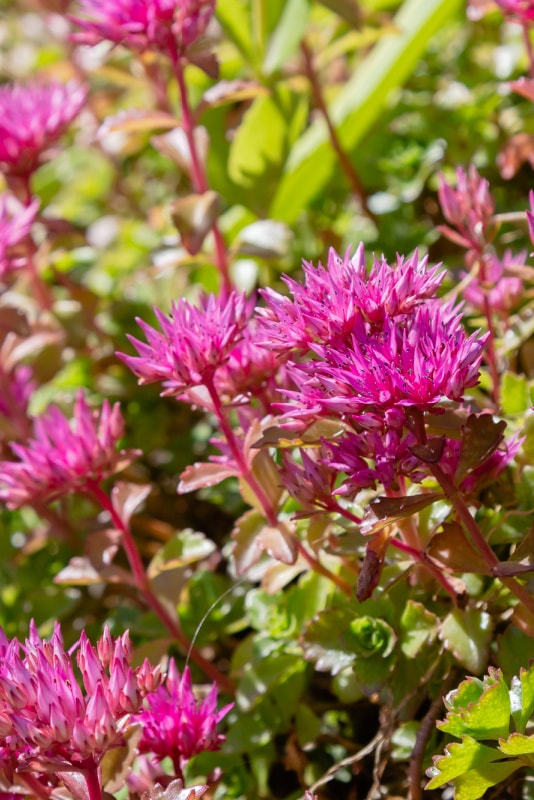
With proper care, Sedum sieboldii is easy to grow and makes for a beautiful addition to any succulent or groundcover collection! The key to success lies in providing plenty of sunlight and well-drained soil while avoiding overwatering. With a little patience, you’ll be rewarded with an abundance of pretty pink flowers come autumn!

FAQs about Sedum Sieboldii
